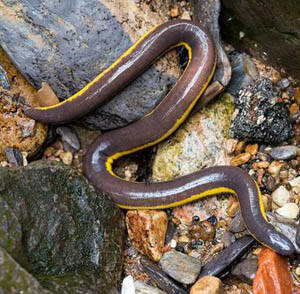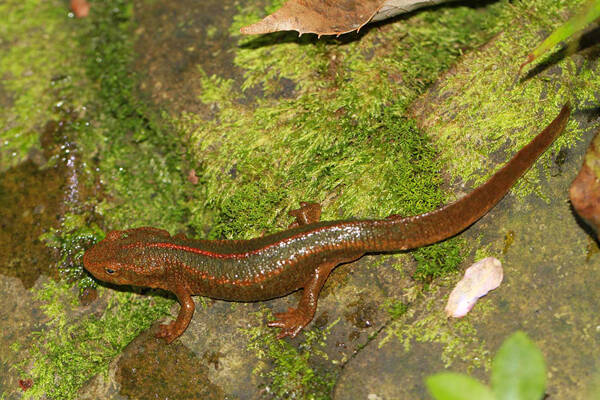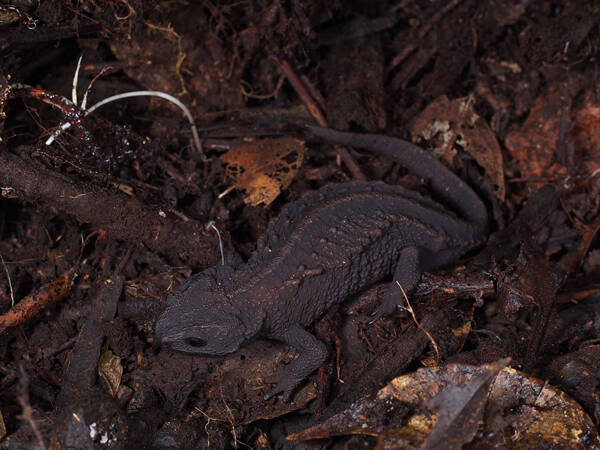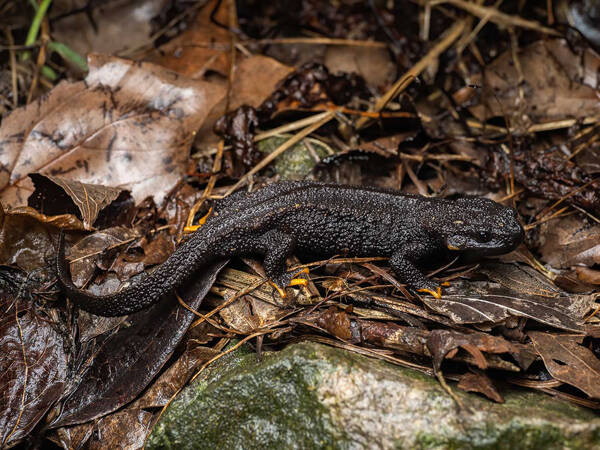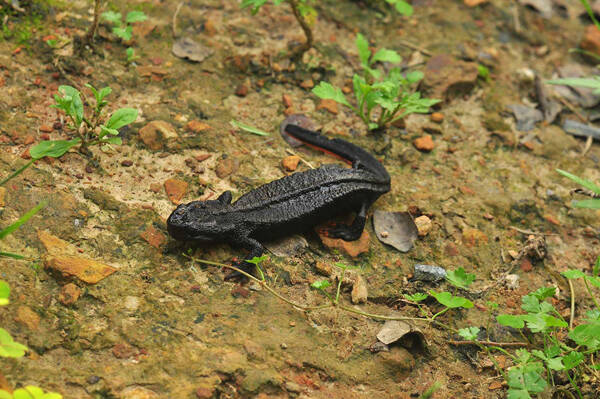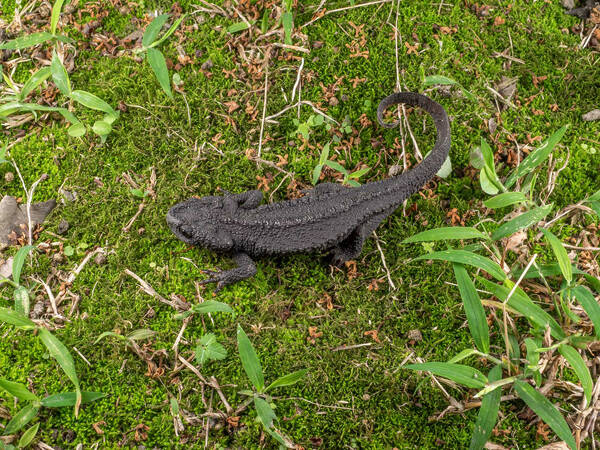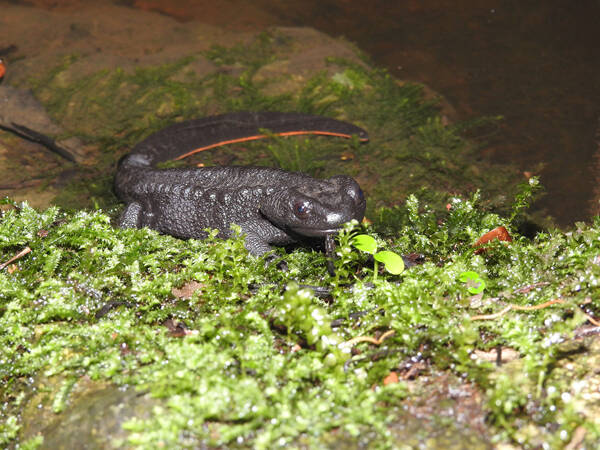Paramesotriton qixilingensis
IUCN
LCBasic Information
Scientific classification
- name:Paramesotriton qixilingensis
- Scientific Name:Paramesotriton qixilingensis
- Outline:Urodela
- Family:Caudata Salamandridae Salamander
Vital signs
- length:138.90-155.10mm
- Weight:
- lifetime:
Feature
Head length is similar to head width
Distribution and Habitat
Distributed in Jiangxi (Qixiling Nature Reserve, Yongxin County, Ji'an City) in China.
Lives in streams under broad-leaved forests in mountainous areas at an altitude of about 194m, with dense shrubs, vines and weeds on both sides. Adult salamanders live under the rocks near the shore of slow streams, where there are fish, shrimps and small aquatic animals.
Appearance
The skin is covered with warts, and the V-shaped bulge on the occipital region is not obvious; there are no rib grooves, and the warts on the head and both sides of the back of the body are large and clustered, and the lines on the sides of the body, on the tail and on the abdomen are unclear; the neck folds are slightly obvious, and there are longitudinal constrictions on the throat. The back is reddish brown or olive brown, and the ventral surface has irregular orange-red or brown-yellow patches that are smaller; the color of the tail is the same as the body color, and its ventral edge is orange-red.
Details
Habitat: Adult salamanders live in wide and gentle streams in deep mountains. The water is clear and you can see the bottom of the stream. The mountainous area is covered with broad-leaved forests, and the streamside is mostly covered with shrubs. The stream is about 3-5 m wide, with a gentle slope, slow-flowing water, and the bottom of the stream is covered with small sand or small stones. The stream water temperature is low and very cool. There are abundant invertebrates such as fish, shrimps, and snails in the stream.

Habits: Adult salamanders can be seen at the bottom of the stream during the day.
Breeding season: May be July, August, September
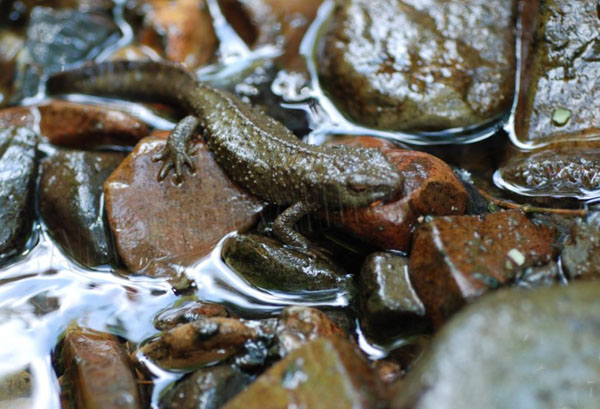
This wild animal is a national second-level key protected wild animal.
Warm reminder: Protect wild animals and maintain ecological balance. Hunting, killing, eating, and trading wild animals and their products are all illegal and criminal acts


